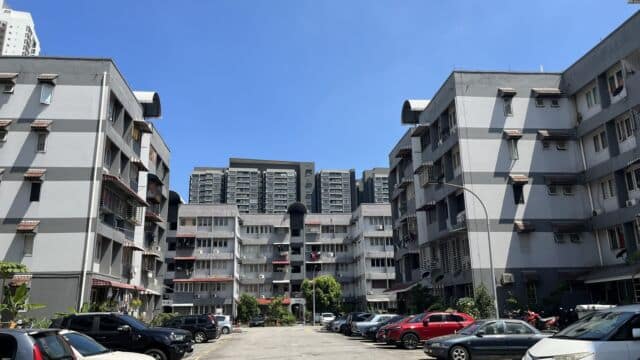No Place to Call Home
Photo: Kuik Yi Ke
Pudu, a district in central Kuala Lumpur | 2,500 words
Translated from Chinese by Carson Ramsdell
A few months ago, a death-insouciant Russian couple covertly scaled the Merdeka 118 skyscraper in Kuala Lumpur, causing a nationwide uproar. Many doubted the veracity of the photos at first, but it wasn’t long before people started ripping into the extreme lack of security oversight. How could anyone just trespass their way to such a building’s apex, with the government and law enforcement at a complete loss as to what had transpired?
After the incident had fermented for a time, I looked up the social media accounts of the influencers in question, and found they’d described the world’s second-highest building as the most beautiful they’d ever climbed.
On this point, though, I have to disagree.
On my drives into the city, I can often make out Merdeka 118’s incongruous outline towering above stagnant, serpentine strings of traffic, looking silently down on the lively masses below. Though the official line is that the building’s design is inspired by Tunku Abdul Rahman’s posture as he declared Malaysian independence, raising his right hand to the sky and yelling ‘Merdeka’ (‘independence’ in Bahasa Malaysia), no matter which angle I look at the building from, all I can really see is a giant walkie talkie.
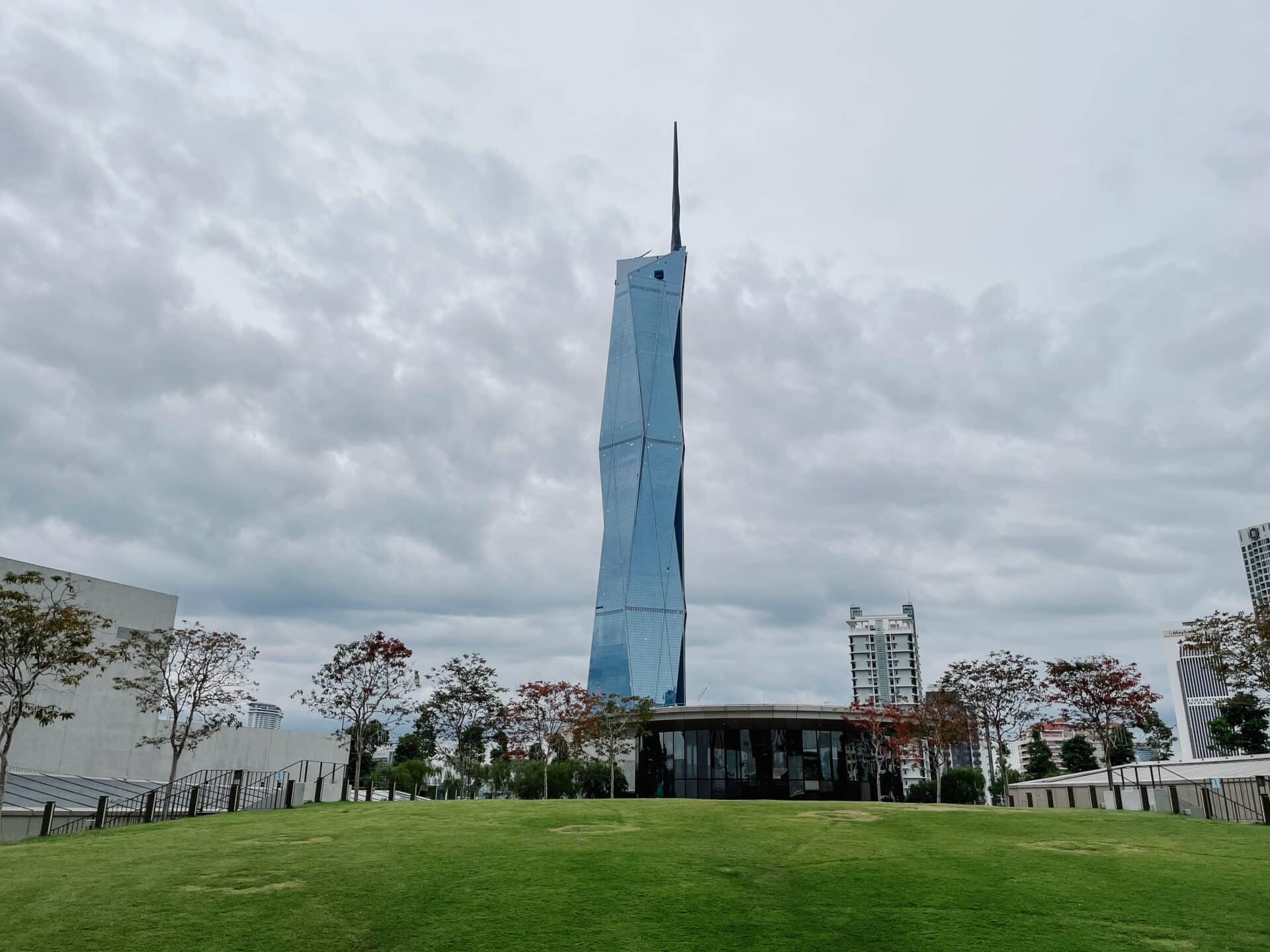
I’ve often caught myself wondering if, when lightning strikes the spire atop the skyscraper, it doesn’t open up a direct line of communication to God. Otherwise, I have no idea what the significance of this building is, aside from being amply tall and commercial.
The reality is that Kuala Lumpur is full of many such new structures without historical value. Almost all venerable buildings with cultural significance have been extracted near completely to yield expanse upon expanse of empty space to be used for a slew of development schemes.
But the piles of money the government has thrown into subway construction, for example, have yet to solve the city’s traffic problems. One might argue, as well, that building a five-billion-ringgit-devouring, 100-floor skyscraper was bound to simply dam up further the rivers of Kuala Lumpur’s vehicles.
Though a few of the old shops that have managed to endure through the ages have now metamorphosed into clout-boosting coffee shops for influencers, others have instead devolved into shelters for the homeless and foreign workers. Most, however, are breathing their last breaths, awaiting their fate. The day will come when the stories and memories they’ve carried down the last few centuries will fold prostrate beneath the ‘charms’ of capitalism and they will become truly lost places, just like my birthplace, Pudu, also called Banshanba.
I was born at Pudu’s Tung Shin Hospital in 1994. The number ‘14’ stamped deep into my ID card signifies I’m a native-born KLite. Growing up, though, I spent most of my days in the neighbouring province of Selangor, in Puchong, then Serdang. Because, however, I returned to study and now work in Kuala Lumpur, in a pinch you could say I’m a Klang Valley resident or from the KL-Selangor-Putrajaya area.
Though countless others have grown up in similar circumstances, I feel I have even less of a place to call home, because over the past 28 years, I haven’t formed an emotional connection with any one place. Most of the time, I’m leaving somewhere. I get jealous of the torrents of stories that friends share about their homes, aware that the light in their eyes isn’t something easily obtained.
I remember once, at lunch with my mom, bringing up the sense of alienation that comes with lacking a hometown, only to elicit a ‘you don’t know how good you have it’ rebuke.
‘Do you have any idea how many people wish they were from here like you are? Life’s so good! Everything’s at our fingertips. Walk a couple kilometres in any direction and you’re at a department store. Need a doctor? There’s hospitals and clinics on every street. Restaurants are teeming with variety, you’ll never be able to try them all’.
She’s right, of course. In so far as life’s conveniences are concerned, we city dwellers aren’t lacking, but no amount of material resources can fill this sort of inner emptiness. You know where you’re from, but don’t know where you belong, nor where you should be headed.
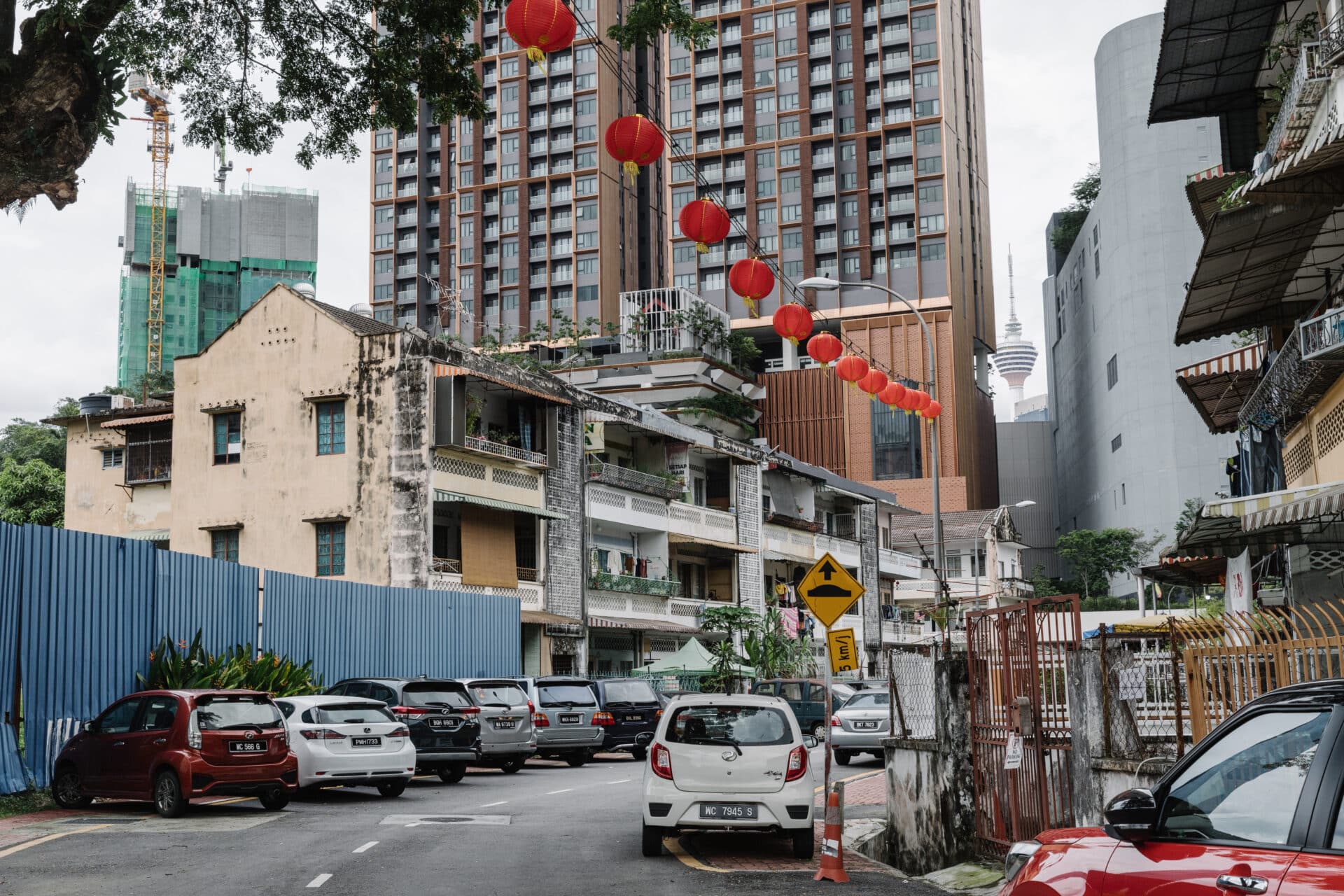
My first job was actually in the Pudu area at Bursa Malaysia, the stock exchange. It sits on a little hill, and its entrance is next to an old Hindu temple. Every time I walked the path there, strewn with Indian jasmine, I imagined it was a sort of divine rite to mark returning home – a notion which would disappear just as quickly as it came when I rounded the corner and arrived at the office. Standing in that spot, I would look out at the majestic Kuala Lumpur Tower, and the untold numbers of vagrants in the open-air carpark below, and would feel compelled to ask myself why this bustling metropolis did not ever feel like home.
After some thought, I decided that if I couldn’t geolocate my home, I could at least return to this place where my life began to try and look for my past, present and future.
*
I’ve heard the older generation say the reason Pudu is also called Banshanba is because when people used to walk from Jalan Pudu, or Pudu Road, to the Pudu Prison crossroads, they had already arrived at a sparsely-populated ‘shanba’, or jungle. So even after the government had swapped the forests that previously grew here for rows of skyscrapers and renamed it Pudu – from 富都 fùdū, or literally ‘prosperous metropolis’ in Chinese – Kuala Lumpur locals continued calling it Banshanba.
The Banshanba of today is, admittedly, a long way from its days of relative desolation. However, it also doesn’t quite live up to its recently-granted, glorious fùdū appellation. On the contrary, the new and old structures standing shoulder-to-shoulder are more reminiscent of the black and white keys of a piano, that tap out a discordant melody as I pass through.
Bukit Bintang City Centre especially is swept up in an inexplicable and jarring sense of malaise. This twenty acre commercial center lies at the southwestern end of Bukit Bintang on the intersection of Jalan Hang Tuah and Jalan Pudu. The likes of the Mitsui Group’s Lalaport Shopping Park, Malaysia Grand Bazaar, and Sony subsidiary Zepp Hall reside within it. The modern minimalist- and Japanese-style Lalaport is not only the first shopping park in Southeast Asia, but also the biggest Lalaport mall in the world at 82,600 square meters. It’s home to the likes of white goods retailer Nojima, NITORI (aka Japan’s answer to IKEA), chain boulangerie DONQ, and the pet shop Coo&RIKU, among others.
One afternoon, I risked life and limb to make my way across the crosswalk-devoid Jalan Pudu and walk through the white English-style arched doorway outside the shopping center, emblazoned at its apex with ‘1895’. I pushed open the glass door of a cute little coffee shop, ordered a hōjicha latte on a whim and found myself a corner to sit in and peruse The Disappearing Kuala Lumpur by a giant of cultural architecture, Teoh Chee Keong. When I got to a section on the history of Pudu Jail, I glanced up at the passing tides of people and wondered if they were aware we’d all just walked through its ‘Gates of Hell’, still standing here two centuries later.
We’re destined to be a lost generation. Waiting for the Jenga-tower high-rises to replace the forests and historical architecture. Waiting to lose our traditions and to have severed the umbilical cords of our native tongues.
According to my book, the British colonial government broke ground on Pudu Jail in 1891 and completed it in 1895. It caged both criminals and political prisoners, including underground members of the Communist Party of Malaysia. From a bird’s-eye view it looked like an ‘X’, as if marking some important point on a map. Though briefly resurrected as a museum after its 1996 closure, the notorious and spirit-ridden prison was unable to withstand the torrential tides of development. In 2010, the structure crumbled with a final sigh, the 352.6-meter-long, 4.8-meter high ‘world’s longest mural’ that decorated its outer wall erased off the map right along with the graffiti relics adorning its 130 cells. The only thing that remained were the ‘Gates of Hell’ that once struck fear into the hearts of those who passed, now just a frivolous and defunct doorway.
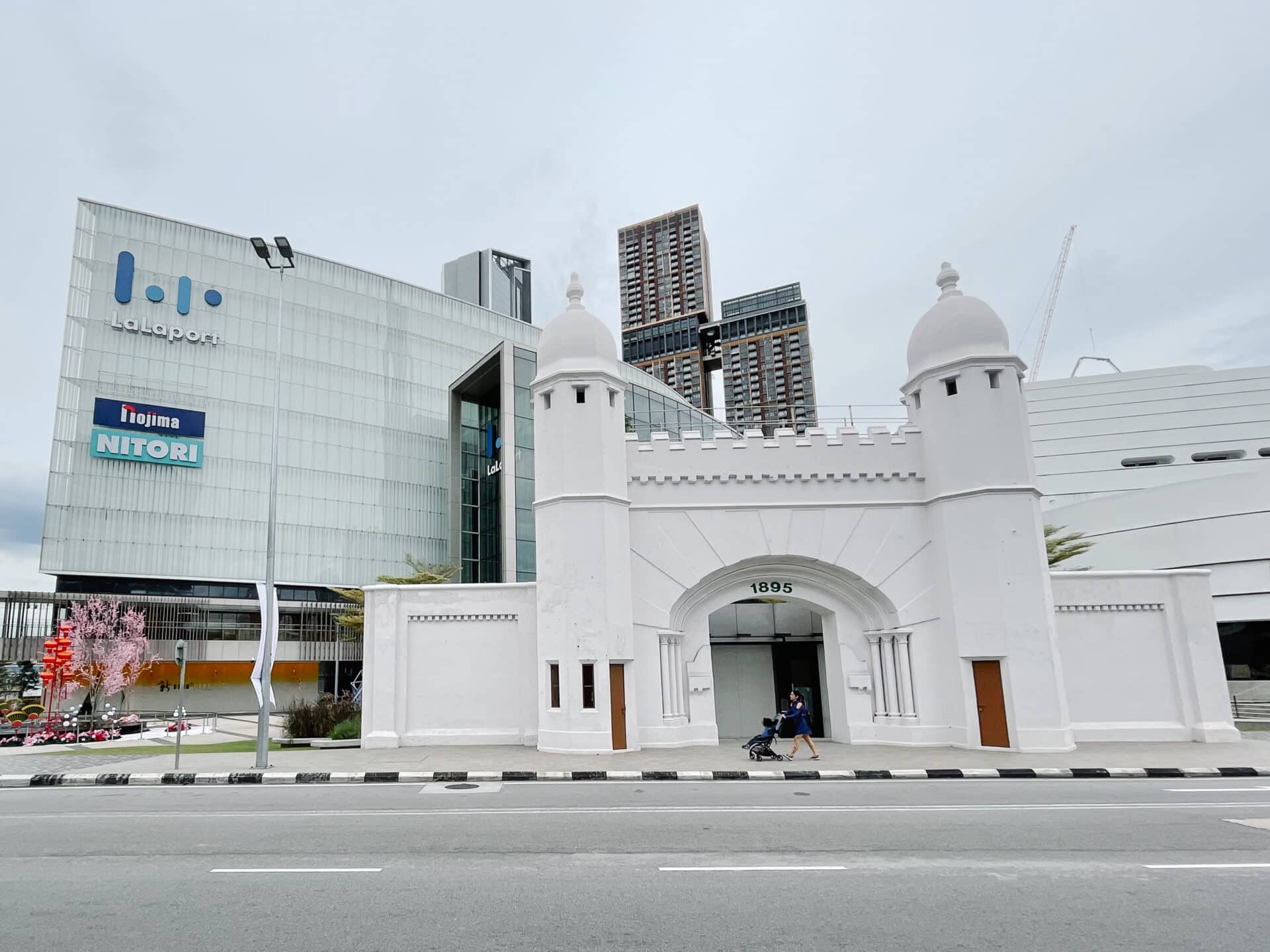
According to my father, the night the storied prison was demolished, the purchasing developer invited Islamic, Buddhist, Daoist, Protestant, Catholic and Hindu religious leaders to hold a ceremony to help the lost souls find peace. They recited scriptures and burned hell money plus a big paper boat said to ferry spirits to the afterlife. Many years later I learned that a relative of mine had been executed at Pudu Prison’s Hanging Chamber D for involvement with the Communist Party of Malaysia and become one of those departed souls. I’ll never know if he was able to make it aboard the spectral paper ship, or if he’s still drifting about Lalaport. I tried to find images or videos of the paper boat ritual online, but instead came across King Ghost Hunter’s YouTube channel. I watched a video titled ‘Lalaport: Back from the Dead’ and was disappointed to find they were unable to locate even a single spirit. No one, man or ghost, is left to tell me the story of my lost relative.
When I’d finished my hōjicha latte, I closed my book and tucked it into my bag along with my cell phone, once again making my way over the crosswalkless Jalan Pudu to Pudu Sentral. I wanted to see just how many vestigial souls and ruins were left in Kuala Lumpur. It might not look like much, but the light blue, quadratic building was once Malaysia’s largest long-distance bus station, and also used by local buses such as Toong Fong Omnibus. My grandfather was a Toong Fong Omnibus ticket inspector in the 1970s, zipping around Pudu day in, day out. But Toong Fong Omnibus is now a thing of the past, and my mother’s father has since been laid to rest. Whenever I enter the bus station terminal and conjure up the image of the back-and-forth passage of buses and people from that era, I feel as though I’m off in a faraway land.
“Hai, datang dari mana? Nak cari apa?” a migrant worker asked me in accented Bahasa Malaysia. At that moment I realized that, in my outfit and with my camera, I looked like a visitor to Kuala Lumpur and he’d taken the place of the local, greeting a traveller.
I could see that the station’s vintage architecture had been preserved, but the decrepit terminal has since become an indoor market where foreign workers flip cheap, pirated goods. Like a freshly lost child, burning with anxiety, I strode across its 22 platforms. In the end, though, I was unable to find the fabled Platform 9 ¾ nor the adjoining magical passageway. I was left to suspect that I was a helpless ‘muggle,’ abandoned by grownups in a storyless, culture-bereft city.
Honestly, I didn’t even know what I was looking for. Even if I’d gone into a bookstore and flipped at random through a travel guide, descriptions of Kuala Lumpur’s history would stop at the tin mines then jump right ahead to the malls popping up all over the city. What has happened since the death of Kapitan Yap Ah Loy 140 years ago? No one knows and no one cares.
For the majority of car-dependent Kuala Lumpur dwellers, automobiles are the obvious choice for moving between high-rises. And though the tattered old buildings that still linger roll past car windows like they’re inside a zoetropic carousel lantern, few people will look back at the shuttered doorways and crippled old storefronts and reflect that they were once young and flourishing.
I kept walking the city’s narrow alleys, attempting to follow in the footsteps of older generations, meticulously looking around to find corners that have preserved something of the essence of last century’s human stories under the cloudless scorching sky. After bringing me past Pudu Prison without a trace of forgotten souls, then to the migrant-worker-majority Pudu Sentral, after another 30 minutes of walking I finally arrived – following a possibly 100 meter-long stream of people – to the storied Pasar Pudu, with a canopy of pigeons soaring above.
Pasar Pudu is a half-century-old wet market colloquially dubbed the ‘main kitchen’ of Kuala Lumpur. It’s composed of two sections, one outdoor and one indoor. Many stall owners buy goods here wholesale to resell elsewhere. On top of the regular old fruits and vegetables, meat, seafood and spices, there are bulk distributors of candy, toys, hardware and other goods. While most sellers are Chinese diaspora, there are many Malays and Indians too, while the taut, muscular figures of migrant helpers do hard grunt work in the place of young locals.
At the ethnic Chinese stalls you’ll hear haggling in flowing Cantonese. At the Indian stalls, volleys of Bollywood songs come from radios and cell phones. Through the rows of Malay stalls, you’ll happen upon narrow ‘cat walkways’ supervised by a community of cat-lovers, with recycled Styrofoam signs warning passers-by to be careful not to step on any of the feline friends that dwell there.
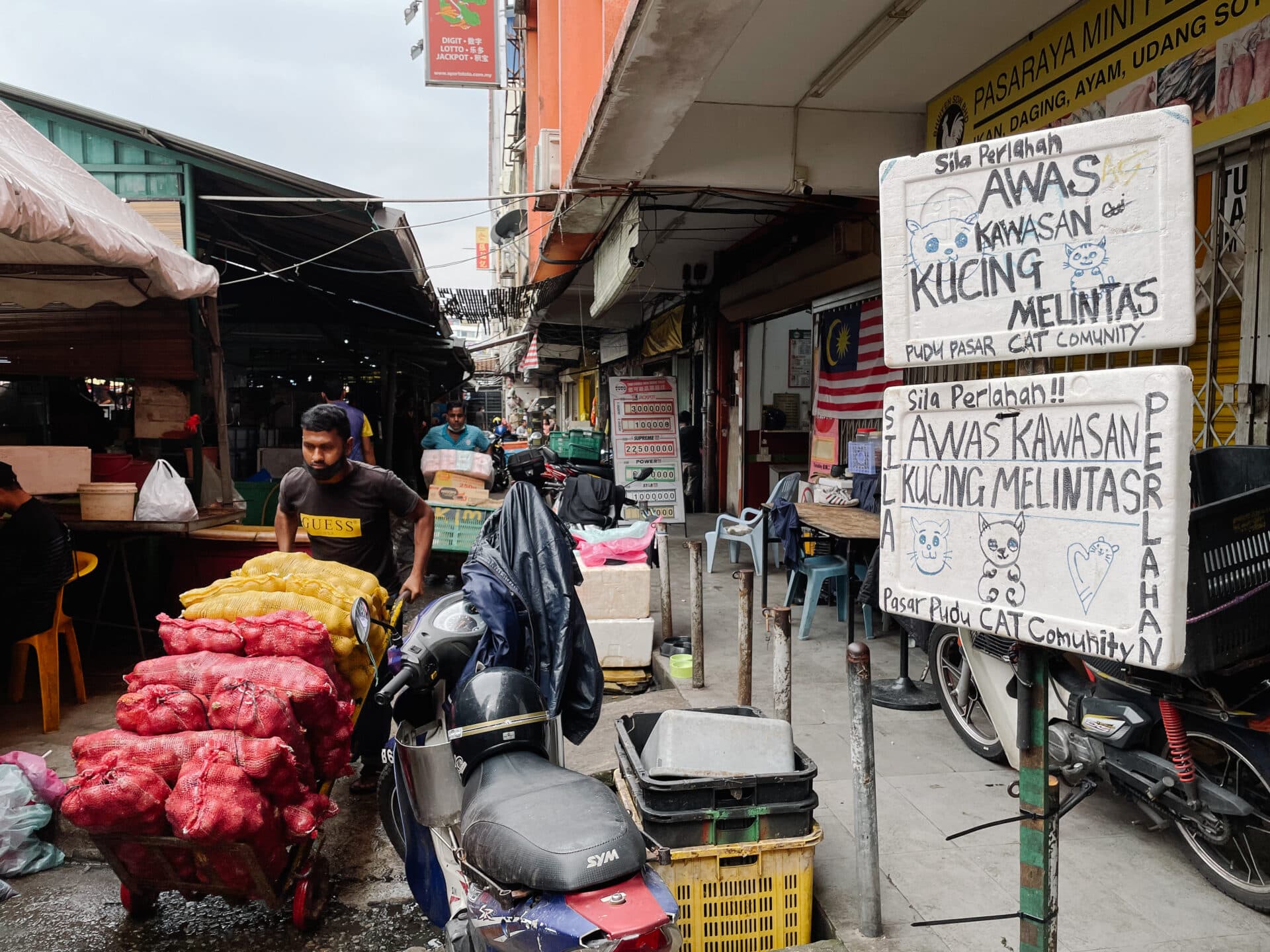
I like this sort of atmosphere, off-kilter, yet somehow harmonious. No politicians hyping up racial tensions, just the variegated buzz of different languages and the shrieks of pasture-raised chickens being slaughtered. But to say this is ‘home’ still doesn’t feel quite right.
So I kept walking, desiring to inhabit some place I know I’ll always want to return to. That’s when I saw, not too far off in Pasar Pudu, Restaurant Teochew Lao Er.
As a person of jumbled ancestry, I’m unable to speak my father’s Teowchew or my mother’s Hakka. Nor am I well-versed in the obligatory Cantonese spoken in Kuala Lumpur. And so, an aphasia can kick in for me at times. But food is able to transcend the confinements of language, taking us on a mental journey through time and space, back, as we savour each bite, to our beautiful, long-lost childhoods. Much the same way a familiar smell can bring back to mind someone long missed. This restaurant has become a frequent after-work haunt of mine. The Teochew fare it serves – rice porridge, stewed meats, spring rolls, kuih sweet desserts – is a near-resurrection of my grandmother’s cooking. My grandmother loved cooking from the moment she was born. Even in her later years, after she got glaucoma, she’d don swimming goggles and bop about the kitchen purled thick with smoke, making sure every dish was true to its Teochew roots.
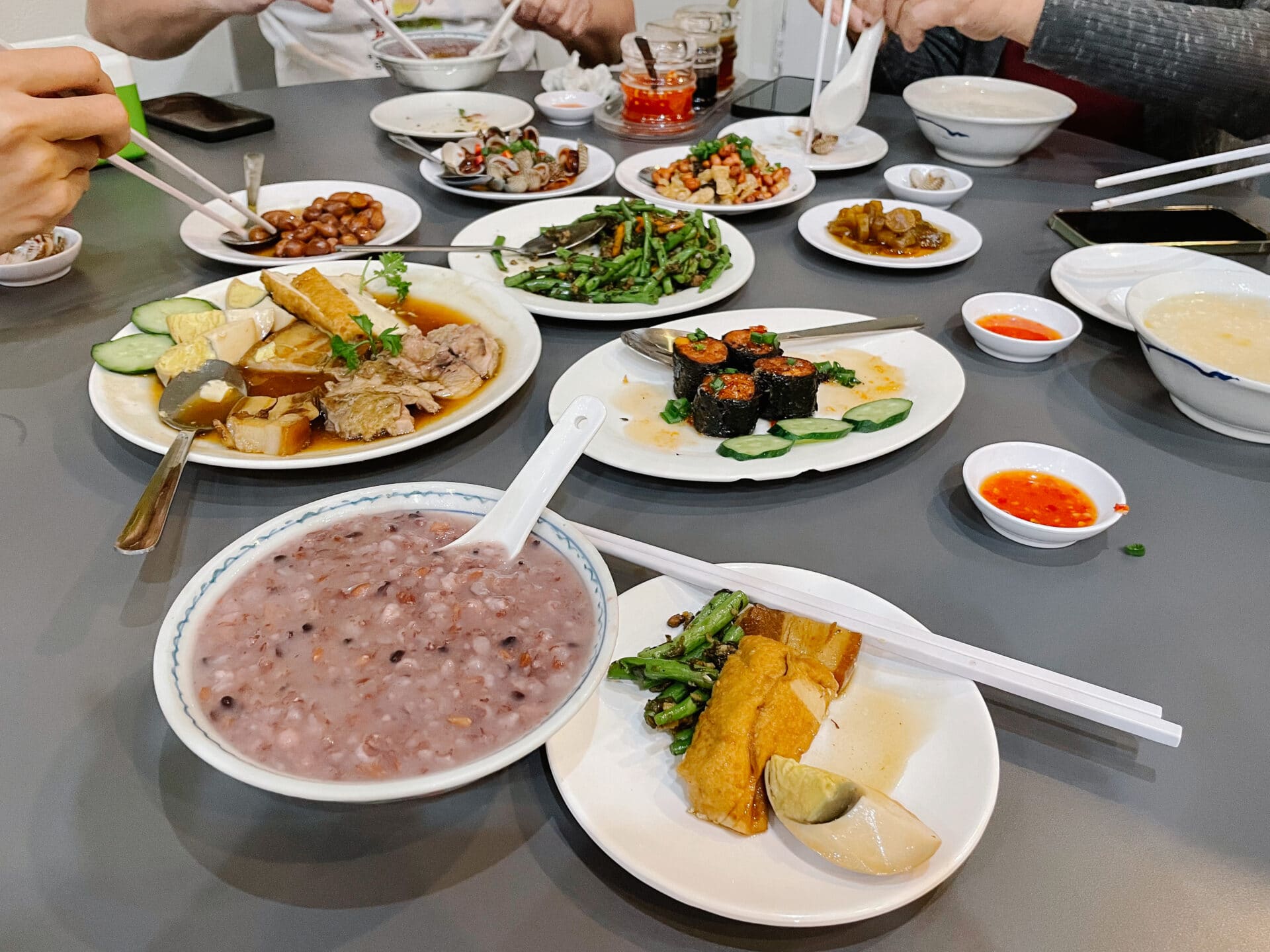
After she passed, however, our traditional Chinese New Year’s feast has been replaced by Western-style cuisine. Just like the people of Kuala Lumpur are unable to preserve the entirety of this city’s history, I never inherited any of my grandmother’s culinary skills.
We’re destined to be a lost generation. Waiting for the Jenga-tower high-rises to replace the forests and historical architecture. Waiting to lose our traditions and to have severed the umbilical cords of our native tongues.
Waiting for my kids and grandkids to arrive – but when they get here, what stories will I have to share with them?
© Kuik Yi Ke
English translation © Carson Ramsdell
Commissioning editor: Wong Kai Hui
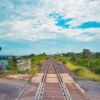
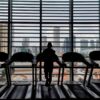
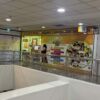
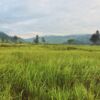
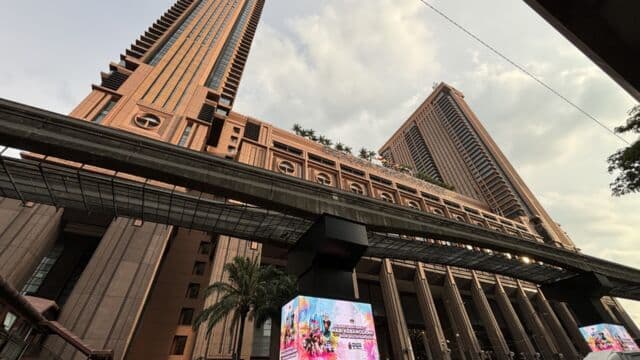
-640x360.jpg)
